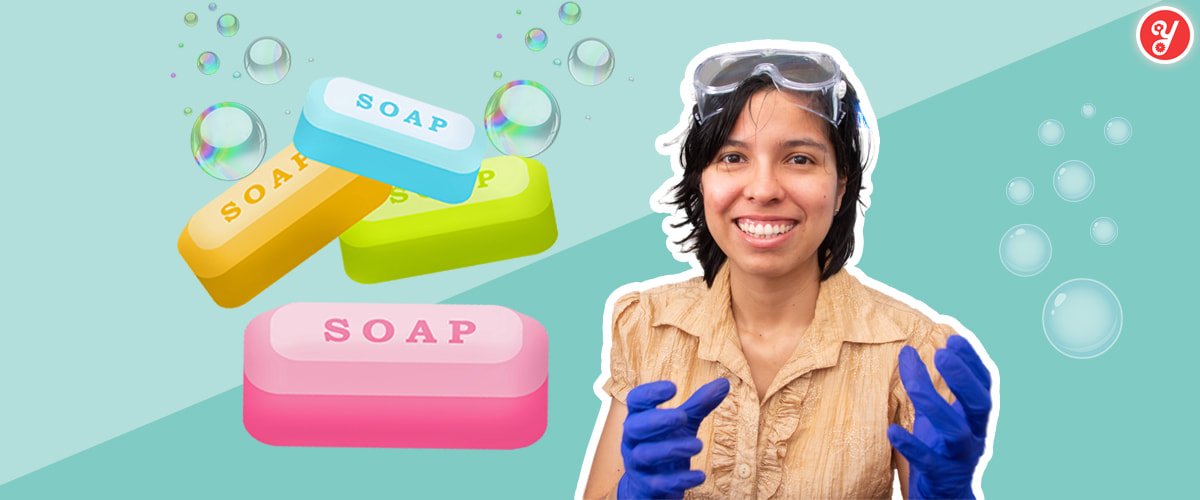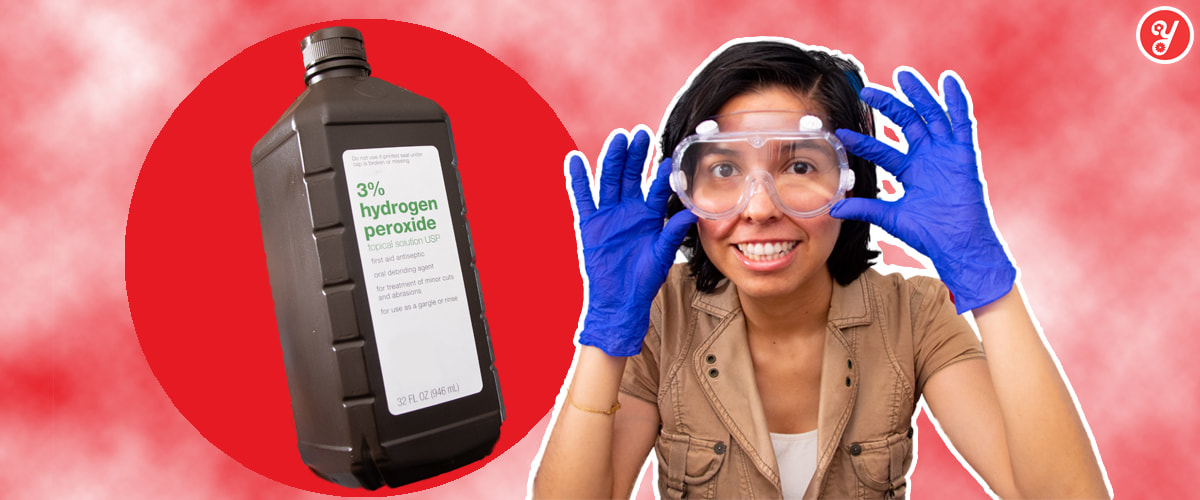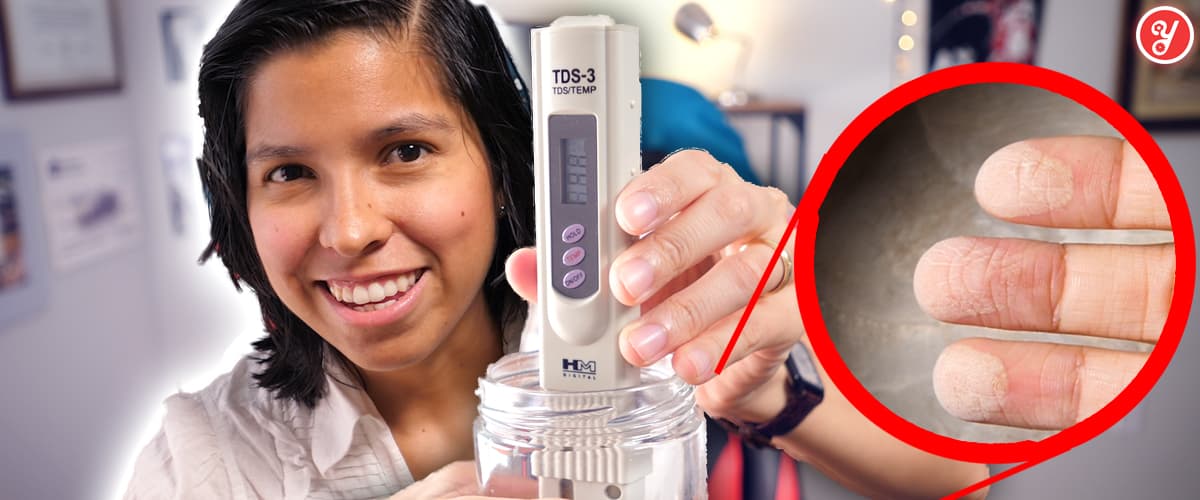Yoguely is reader-supported. When you buy through links on our site, we may earn an affiliate commission. Learn more
How to Use Cleaning Vinegar (Acetic acid)
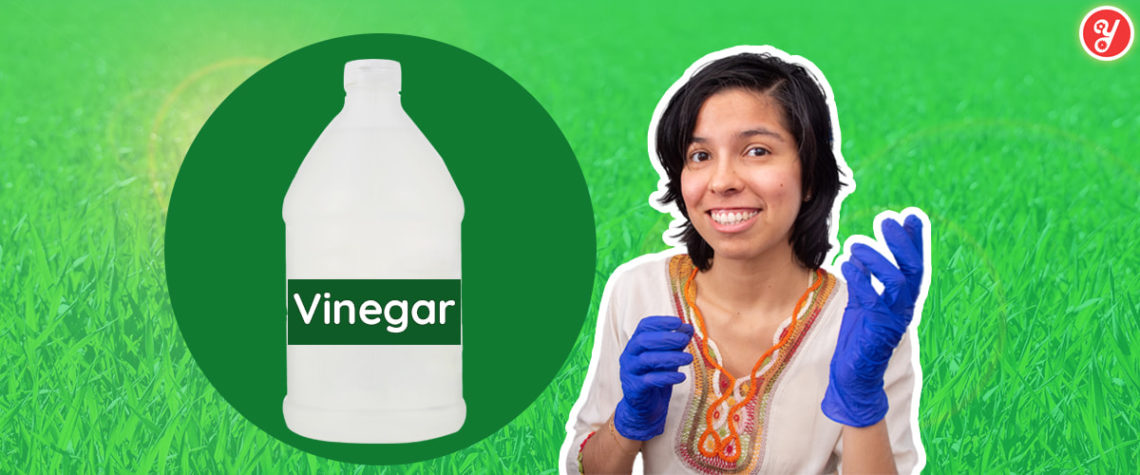
In today’s post I’m going to show you exactly how to use vinegar the right way to safely clean and even disinfect surfaces from certain microbes.
In fact, this is the same process I use to safely clean certain surfaces with vinegar.
So if you would like to know “How to clean with vinegar?”, you’ll love this guide.
Let’s jump into it!
How to Use Distilled White Vinegar the Right Way
Vinegar is the safest staple cleaning agent you can use and it is the active ingredient in many household cleaners.
It comes diluted with water down to about 5% acidity of acetic acid for your safety. It also to help prevent you from damaging the surfaces you are cleaning.
First, clean the surface with detergent or soap and water to remove as much dirt as possible before using vinegar.
What Is Vinegar Good For?
Material it helps remove: Distilled white vinegar (paid link) is very effective in removing inorganic mineral deposits.
Surfaces you can clean: Vinegar is great to clean glass, stainless steel, and other smooth surfaces. You can also use it to remove epoxy resin, as well as sticker residue. In addition, you can also use it to remove oxidation. Which mean you can polish metals like copper, brass, bronze, and silver.
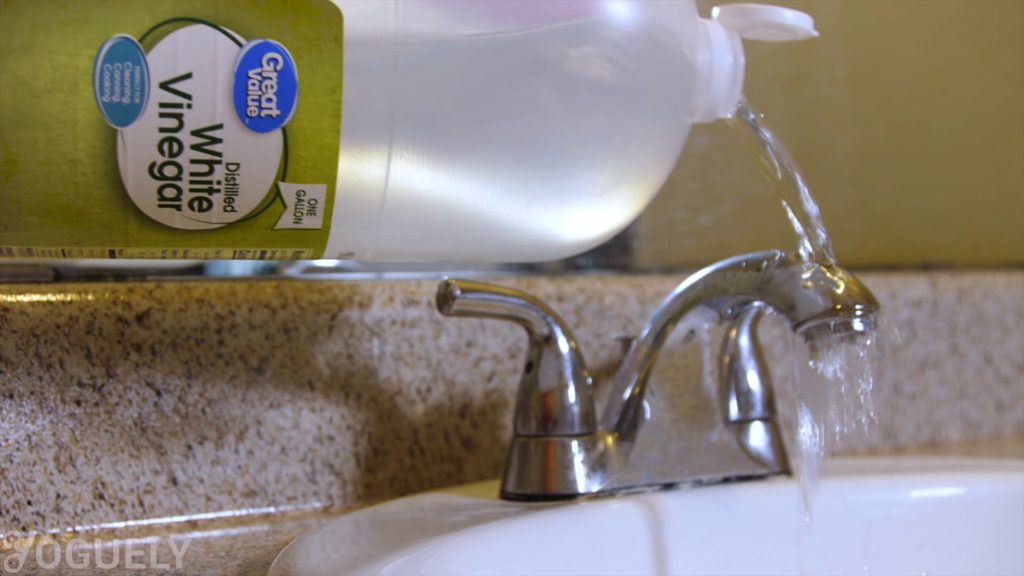
Is Vinegar a Disinfectant?
The Environmental Protection Agency (EPA) does not register vinegar, or it’s active ingredient acetic acid, as a disinfectant.[32]
Vinegar can kill some bacteria, for example M. tuberculosis.[35] However, vinegar does not meet the requirement of killing 99.99% of germs to be considered a disinfectant.
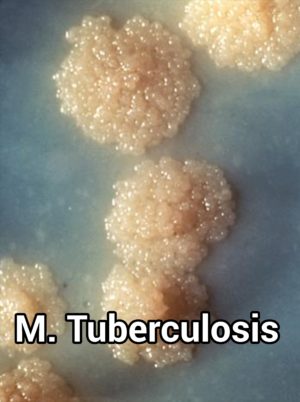
If you wish to use an EPA approved disinfectant, consider sodium hypochlorite (bleach), isopropyl alcohol, or hydrogen peroxide instead.
Can Vinegar Kill Coronavirus?
Vinegar is not effective for killing the COVID-19 virus. Neither vinegar nor it’s active ingredient acetic acid, are EPA-registered disinfectants against SARS-CoV-2, the novel coronavirus.[32]
According to the recommendations by the CDC and the EPA, use sodium hypochlorite (bleach), isopropyl alcohol, or hydrogen peroxide if you wish to kill coronavirus.
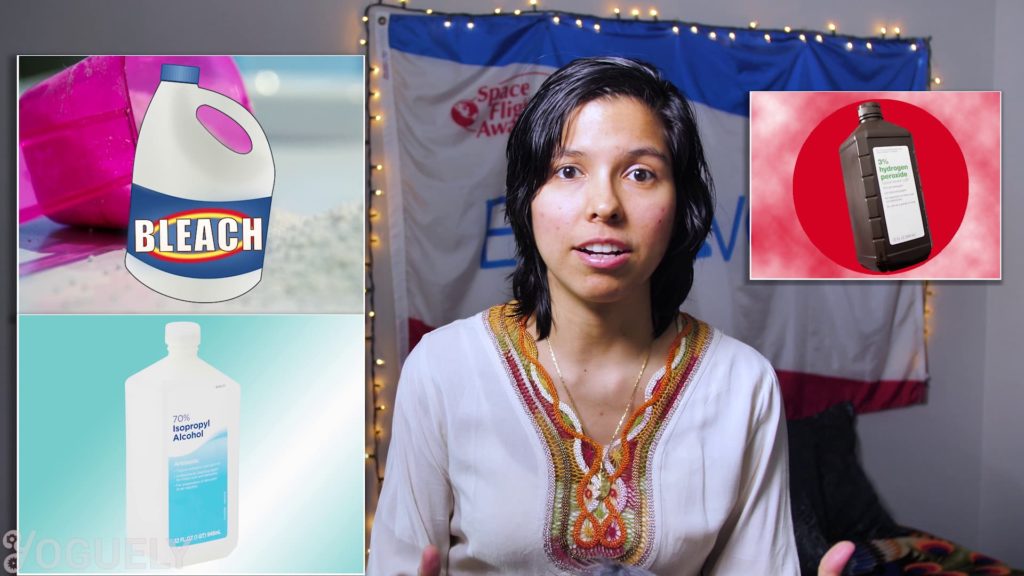
How Long Should Vinegar Sit on Surface to Disinfect?
Contact time: You’ll want to give the surface you are cleaning enough contact time with vinegar to loosen up the mineral deposits. Perhaps to even kill certain bacteria.
The contact time you need will vary depending on the bacteria you want to eliminate. It also depends on the concentration of acetic acid you are using. For instance, you would need at least 30 minutes of exposure to 6% acetic acid to effectively kill the M.tuberculosis bacteria.[35]
Vinegar Safety Measures
Here are some safety measure to take whenever working with vinegar.

MSDS: Safety Data Sheet for vinegar at 5% acetic acid concentration.
Hazards: As far as hazards go, acetic acid is a skin and eye irritant.

Personal Protective Equipment (PPE): Since vinegar is an irritant, use gloves (paid link) and safety goggles (paid link).
With this in hand, have an emergency eye wash and safety shower nearby.
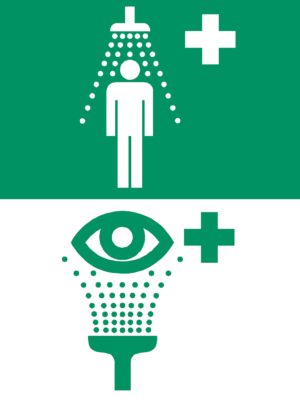
Lastly, use an exhaust ventilation to keep airborne concentrations low.
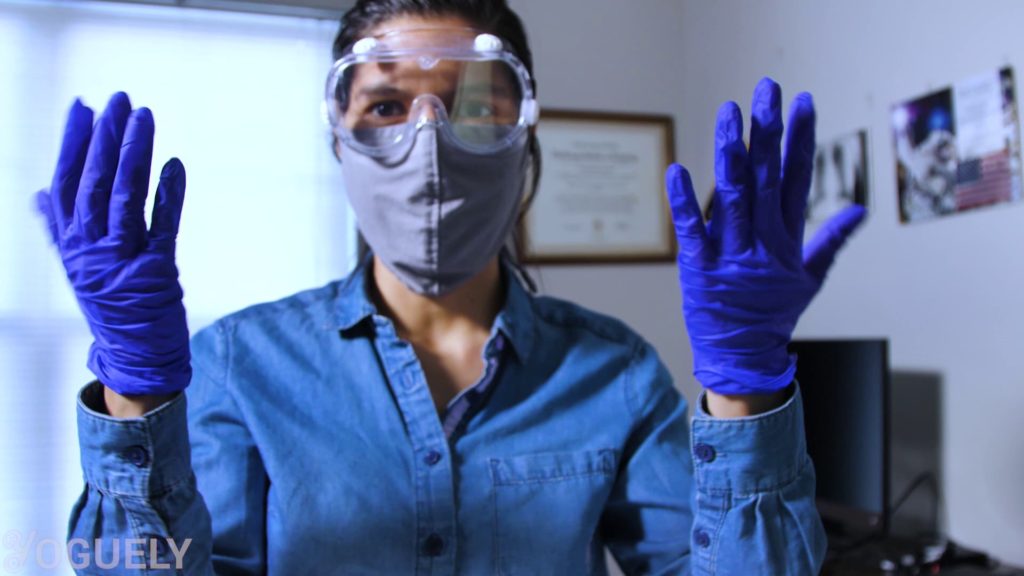
What Is the Shelf Life of Vinegar?
Shelf life: White distilled vinegar has an indefinite shelf life.[29] Cool huh?
How to Store Vinegar for Long Term?
Heat and light can break down chemical bonds so store vinegar in a cool dark place.
Also, store vinegar separately from other chemicals that could react adversely.
Remember to never mix vinegar with bleach. Since it forms toxic chlorine gas which leads to pneumonitis and is fatal in large doses.

Remember to never mix hydrogen peroxide with vinegar since it forms peracetic acid which is highly corrosive.
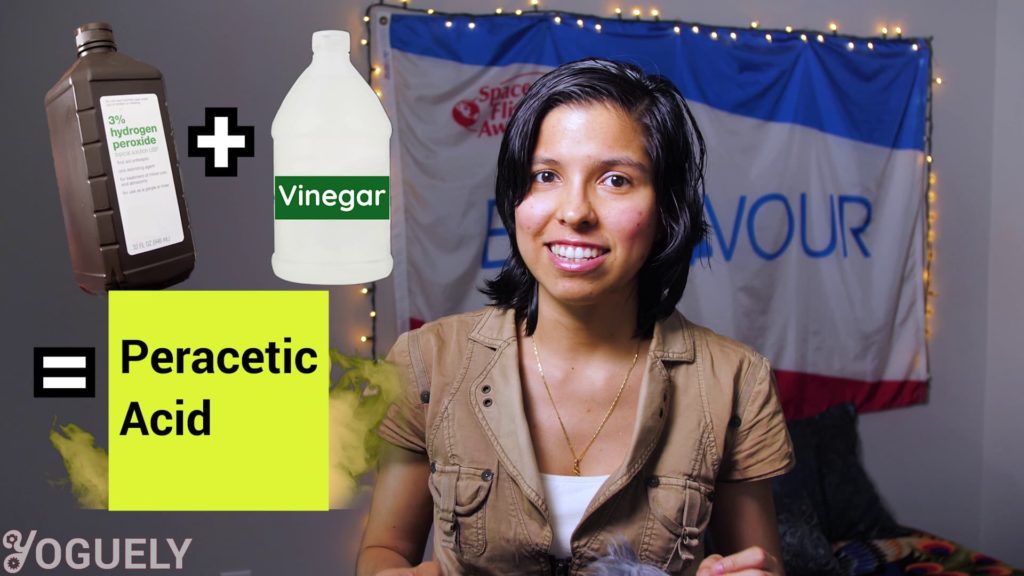
Other Uses for Vinegar
Vinegar is cheap and multi-purpose.
Cooking ingredient: Aside from being an excellent cleaning agent, you can also use it as a cooking ingredient for marinades, sauces, and salads.
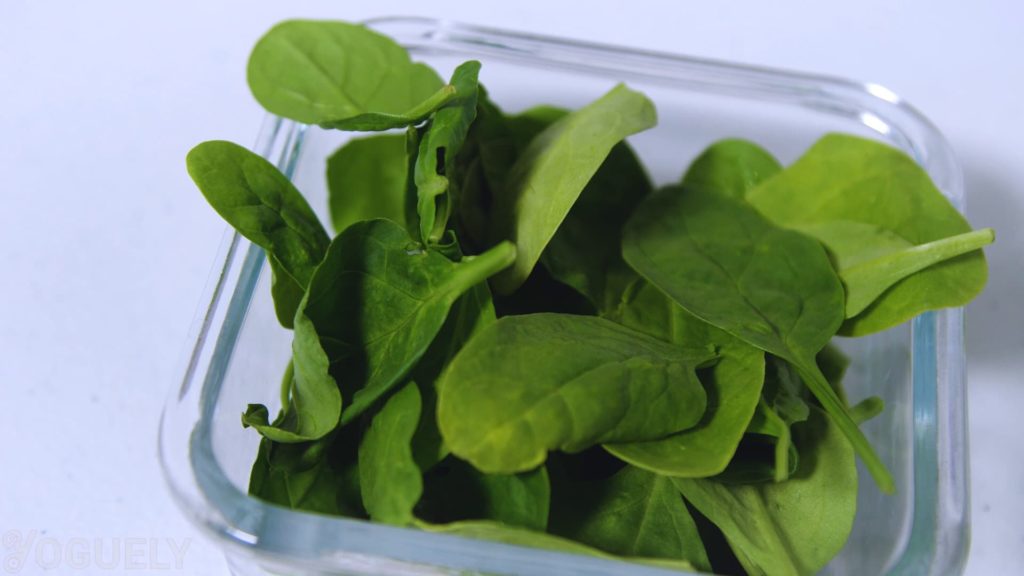
Deactivating jellyfish stings: Another use is for deactivating the stings of jellyfish. Which is why many lifeguards at the beach carry vinegar with them. I actually applied vinegar on my legs after stung by a jellyfish back in Puerto Rico.

Vinegar Wasp Killer: You don’t need toxic chemicals to kill a wasp. Simply use a 50/50 mixture of vinegar and water, and a few drops of liquid soap in a spray bottle. Then, shake the bottle to form some froth. Finally, spray it to the wasps and their nest. Wasps won’t be able to flap their wings and will eventually die.
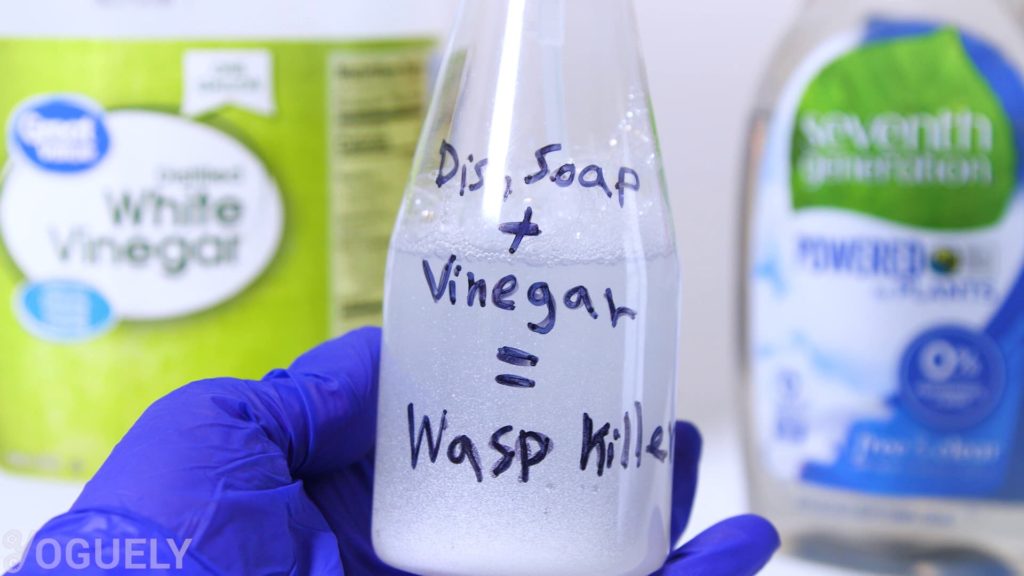
Clean Tarnished Silver: If you own silver jewelry for a while, you may notice a thin layer of tarnish forming. The tarnish makes silver look dull, gray, or black. That corrosion is natural. You can easily fix it with vinegar and other ingredients. Simply create a solution in a glass bowl of the follow ratio:
- 1/2 cup of vinegar
- 1 cup boiling water
- 1 tablespoon of baking soda
- Piece of aluminum foil
Place the tarnished silver on top of the aluminum foil. Then let it sit in the solution for a few minutes until all the corrosion has been removed.
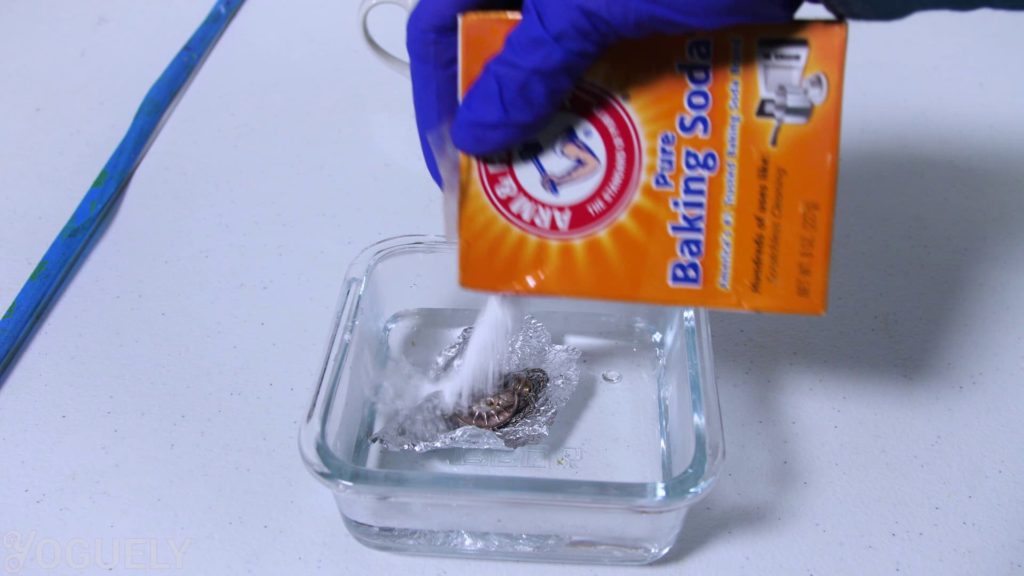
Talk about good value!
Conclusion
There you have it folks. That’s my guide on how to use vinegar the right way.
Leave your thoughts in the comment section below. Or join the discussion in the Yoguely Community Forum.
I’m Aida Yoguely. Thanks for learning with me today. And I’ll see you soon.
In my next post, learn about hydrogen peroxide and how to use it for disinfecting. To stay tuned, join our newsletter and get the latest content straight to your inbox.
Video
Be sure to subscribe and hit the notification bell to stay tuned for the latest videos.
References
29. ^ (May 15, 2020). “Vinegar”. Wikipedia. Retrieved May 26, 2020.
32. ^ “List N: Disinfectants for Use Against SARS-CoV-2”. EPA. Retrieved May 27, 2020.
35. ^ Cortesia, C., Vilchèze, C., Bernut, A., Contreras, W., Gómez, K., de Waard, J., Jacobs, W. R., Jr, Kremer, L., & Takiff, H. (2014). Acetic Acid, the active component of vinegar, is an effective tuberculocidal disinfectant. mBio, 5(2), e00013–e14. https://doi.org/10.1128/mBio.00013-14
- Why Helicopter Money Is Inflationary - 2021-10-09
- How Interest Rates Affect Inflation - 2021-10-08
- How Long Has Inflation Existed? - 2021-10-01
